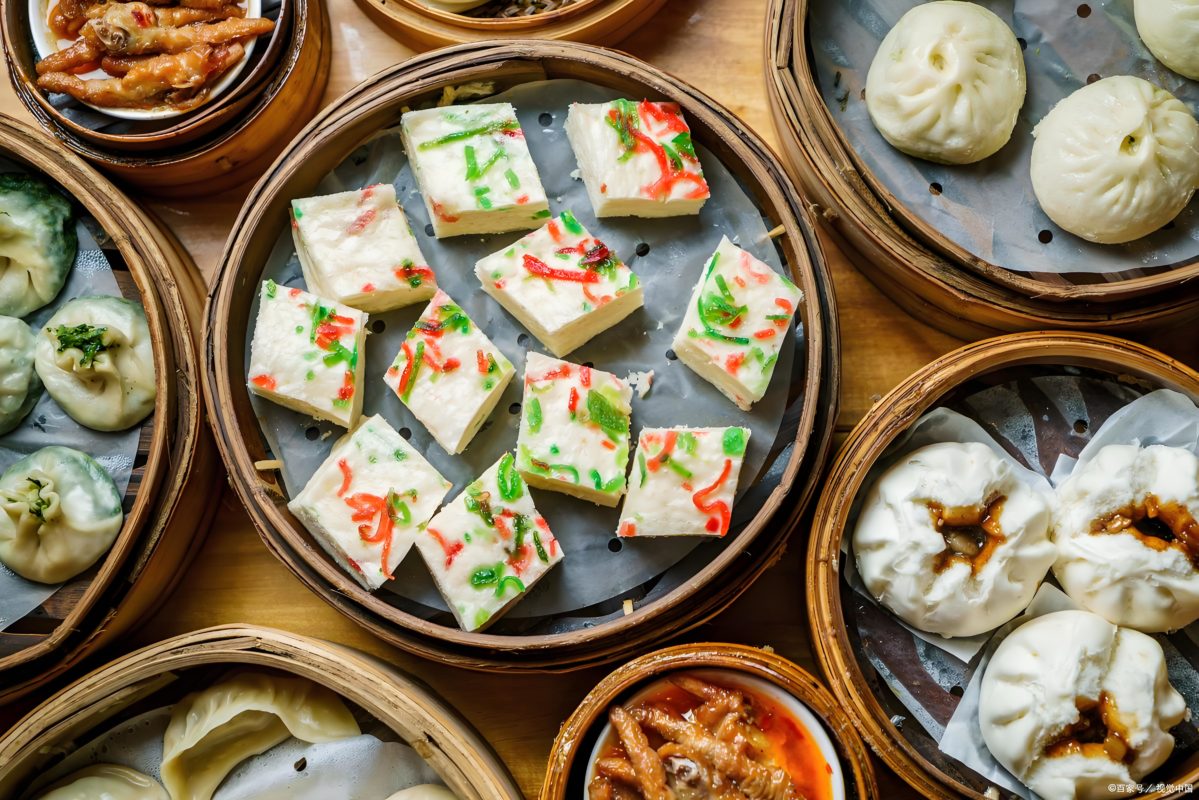A Health-Driven Appetite: The New Direction in Chinese Kitchens
In a noticeable and steadily accelerating shift, Chinese consumers are undergoing a transformation in their culinary priorities, as an increasing number of individuals turn their attention toward food choices that support not just nourishment but holistic well-being, opting for ingredients and cooking methods that align with their desire for low-fat, low-sugar, high-fiber diets, as well as dishes made with natural, minimally processed ingredients. This shift is not simply a trend—it’s a redefinition of values in the kitchen, where tradition, health, and innovation converge.
As we move into the heart of the 2020s, what’s emerging in kitchens across China isn’t just a preference, but a full-fledged movement—one where convenience and nutrition are no longer in opposition, where plant-based choices are no longer niche, and where ancient wisdom merges seamlessly with modern lifestyle needs.
Health-Conscious Techniques and Ingredients: What’s Cooking in 2023
Plant-Based Cooking and the Shift to Conscious Consumption
The growth of plant-based cooking in China is both reflective of and responsive to broader global health and environmental concerns, and more Chinese consumers are gravitating toward meat substitutes, dairy-free alternatives, and plant-derived ingredients that allow for traditional flavors to be maintained while shifting away from saturated fats and animal products. With the increase in vegan cafes and plant-forward eateries, especially in urban centers like Shanghai, Guangzhou, and Chengdu, the movement is no longer fringe—it’s establishing a firm place in everyday dining.
Air Frying as the New Wok
With the rise of smart kitchen appliances, air frying has quickly found its way into the daily routines of Chinese consumers, allowing them to enjoy the crispy textures of fried food without the guilt or excessive oil. The widespread appeal of this method is tied to both its health benefits and its versatility, fitting easily into kitchens of all sizes and enabling home cooks to reimagine classics with a lighter touch.
Whole Grains Take Center Stage
No longer relegated to specialty stores or diet plans, whole grains are now being incorporated into mainstream Chinese meals. Products like whole-grain bread, brown rice, multigrain noodles, and oat-based breakfast options are becoming pantry staples, driven by a growing awareness of fiber’s role in digestive health and long-term wellness.
More Fruits and Vegetables, Less Fuss
Minimal processing and maximum freshness define the emerging preference for seasonal fruits and vegetables, with Chinese consumers increasingly favoring locally grown produce that aligns with traditional Chinese medicine’s dietary principles. Whether consumed raw, steamed, or lightly stir-fried, vegetables and fruits are no longer side dishes—they are often the main act.
Functional Foods: Where Nutrition Meets Intentional Living
A major evolution in consumer behavior is the growing interest in functional foods—those that go beyond basic nutrition to deliver specific health benefits. These products have not only gained shelf space in stores but have also gained trust among consumers seeking natural support for digestion, immunity, and mental well-being.
The Rise of Probiotics
Fermented foods like yogurt, kimchi, sauerkraut, and even traditional Chinese favorites such as doubanjiang (fermented bean paste) are being embraced by a younger generation of Chinese consumers, not just for flavor but for their scientifically-backed gut health benefits. Supplementing meals with probiotic-rich foods is becoming part of a holistic health strategy for many.
Superfoods in the Chinese Diet
The embrace of superfoods such as goji berries (a native favorite), quinoa, chia seeds, and blueberries signals a fusion between global health movements and domestic nutritional needs. These nutrient-dense foods, high in antioxidants and essential vitamins, are now being integrated into smoothies, teas, porridges, and baked goods across urban kitchens.
Adaptogens for Everyday Stress
As mental health awareness grows, adaptogenic herbs like reishi mushrooms, ashwagandha, and rhodiola are gaining popularity among Chinese consumers, especially those working long hours in high-pressure environments. These natural stress-reducing agents are finding their way into teas, capsules, and even wellness snacks.
Convenience Without Compromise: A Smarter Way to Eat
As lifestyles become busier and work-life balance continues to evolve, Chinese consumers are no longer willing to sacrifice health for convenience. This has given rise to a new class of products designed for speed, flavor, and wellness.
Meal Kits and Frozen Foods
Meal kits are being embraced by urban professionals and young families who want to eat fresh but lack the time for ingredient shopping or complex cooking. These kits often come portioned, nutritionally balanced, and inspired by local and international cuisines. In parallel, frozen vegetables, fruits, and lean meats are no longer perceived as “lazy options” but as smart, efficient ways to maintain a healthy diet.
Ready-to-Eat That’s Ready for Change
From thoughtfully assembled bento boxes to wholesome grain bowls and protein-rich salads, the modern Chinese consumer is rethinking what qualifies as fast food. Instead of greasy takeout, they’re reaching for nutritionally balanced meals that are ready in minutes but feel crafted with care.
Culture Meets Consciousness: The Rise of Regional Flavors and Personalization
While global influences continue to shape the health food scene, there’s also a deepening interest among Chinese consumers in rediscovering the diverse culinary heritages within China’s own borders.
Authenticity Through Local Flavors
- Sichuan Cuisine, known for its bold spices and use of fermented ingredients, is undergoing a health-conscious reinterpretation, where lighter oils and vegetable-centric dishes are being emphasized.
- Cantonese Cuisine, celebrated for its clean flavors and emphasis on freshness, aligns naturally with health-focused eating, making it a continual favorite in both fine dining and home cooking.
- Huaiyang Cuisine, one of China’s four great culinary traditions, is gaining renewed attention for its elegant, technique-driven dishes that emphasize balance, freshness, and artistic presentation—values that resonate with the modern wellness-minded diner.
Customization in the Kitchen and Beyond
With the growth of meal delivery platforms and personalized nutrition services, Chinese consumers are increasingly seeking meals tailored to their dietary needs—be it low-carb, high-protein, gluten-free, or vegetarian. Food brands are responding by offering custom cereal mixes, personalized yogurt cups, and build-your-own protein shakes, allowing consumers to take full control over what goes into their meals.
Sustainability in Everyday Cooking
Alongside these dietary changes, a new ethos is taking root in Chinese kitchens—one grounded in sustainability and ecological responsibility. This shift is reflected in both ingredient choices and cooking habits.
- Reducing meat consumption is no longer just a health decision; it’s also an environmentally informed one. More people are embracing flexitarian diets and replacing animal protein with beans, tofu, mushrooms, and meat substitutes.
- Minimizing food waste is being encouraged through creative leftover recipes, composting initiatives, and smarter grocery planning apps.
- Seasonal and local sourcing is not only celebrated for its environmental benefits but also for its alignment with the rhythms of traditional Chinese dietary philosophy, which values harmony between nature and the human body.
By weaving sustainability into their culinary decisions, Chinese consumers are demonstrating that healthy eating goes hand-in-hand with a healthier planet—and this growing awareness is not only reshaping how meals are made but why they matter.

